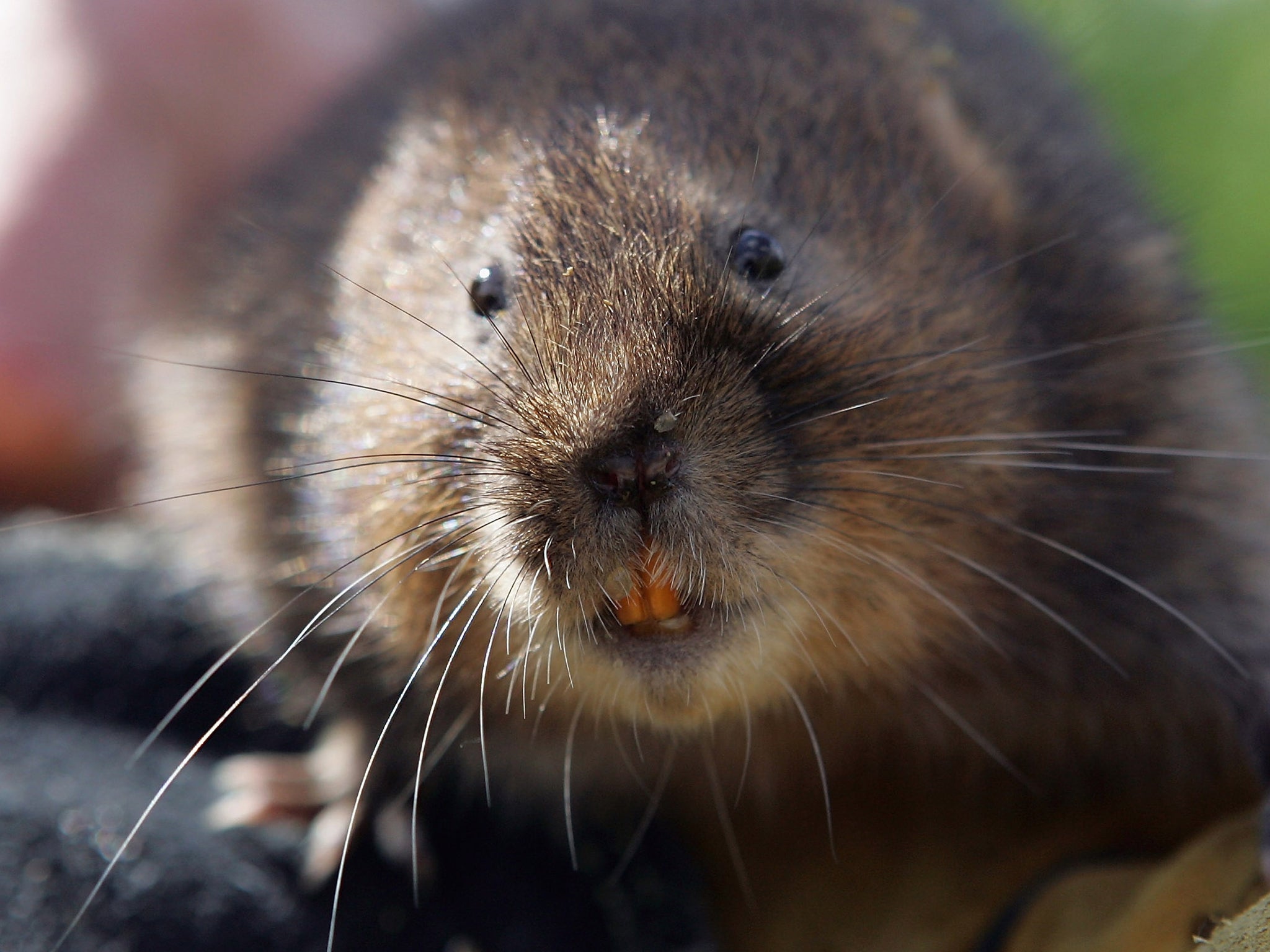Food chain in disarray after changes in voles' boom-and-bust breeding cycle

A small, brown rodent that is a staple source of food for a range of iconic species – from the barn owl to the Arctic fox – has undergone a dramatic and perplexing change in the way it breeds, scientist have found.
Normally, voles reproduced rapidly and over a three or four-year cycle they go through dramatic population booms, inevitably followed by a bust, which determines how many predators can live in a particular area.
However, scientists have discovered that throughout Europe, vole populations are no longer showing the dramatic boom-and-bust cycles that have characterised the species on which many other animals depend for survival.
A study of 12 vole populations from Scandinavia to southern France has found that over the past 30 or 40 years the natural dramatic spikes of the vole population have become much smaller for unknown reasons.
Instead of seeing up to 500 voles living in an area the size of a football pitch, scientists are recording a maximum of about 50, which falls down to just two or three when there is a natural drop in numbers as the cycle goes through a bust period, said Xavier Lambin, professor of ecology at Aberdeen University.
“Smaller herbivores like voles have population cycles which have a boom or bust dynamic – there used to be times of plenty of the animals and times of scarcity, as part of natural processes,” Professor Lambin said.
“However evidence has emerged in recent years of a greater uniformity in vole abundance between years. The outbreaks are no longer as marked. Like a weakening heart, the beat of the cycle is becoming fainter and this will profoundly affect many other species,” he said.
The fact that the same trend has occurred over a wide area of Europe and that it has occurred during the same period suggests a continent-wide cause. The scientists believe that climate may be playing a role as vole numbers during the winter months appear to have collapsed.
“We studied 12 populations of voles across Europe and found that while a faint population cycle remains, it’s now much dampened down. The change is most evident in spring, reflecting a worsening of conditions for voles over winter,” Professor Lambin said.
The study, published in the journal Nature, relied on detailed records of vole numbers going back to the 1970s from sites as varied as Kielder Forest in Northumberland, Rochefort in France and Umea in Sweden. The vast majority of the vole populations showed a dramatic decline in the boom-bust cycle, although two sites in Poland and the former East Germamy appeared to retain the original cycle.
“This change in one group of species at the bottom of the food chain is bad news for a diverse range of predators which relied on these years of plenty,” Professor Lambin said.
Voles, which live off plants, are at the base of the food chain and are considered a “keystone” species in ecology. The Arctic fox and barn owl depend on it heavily, as does the kestral and weasel, Professor Lambin said.
“The world will be a less exciting place without those spectacular fluctuations. It is a bit as if the Serengeti was to lose the huge disturbance caused by the large herds of wildebeest, zebra and antelopes migrating. Here such a change is taking place on our door step, in Europe,” he said.
Join our commenting forum
Join thought-provoking conversations, follow other Independent readers and see their replies
Comments
Bookmark popover
Removed from bookmarks